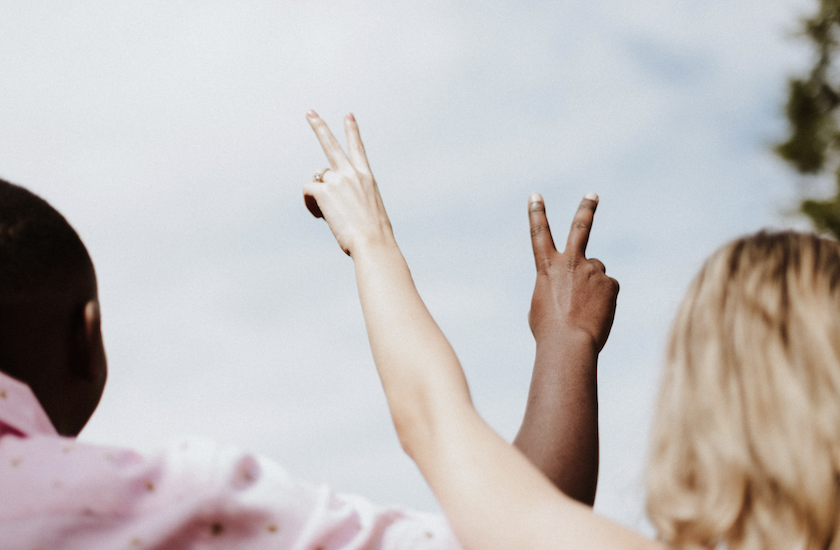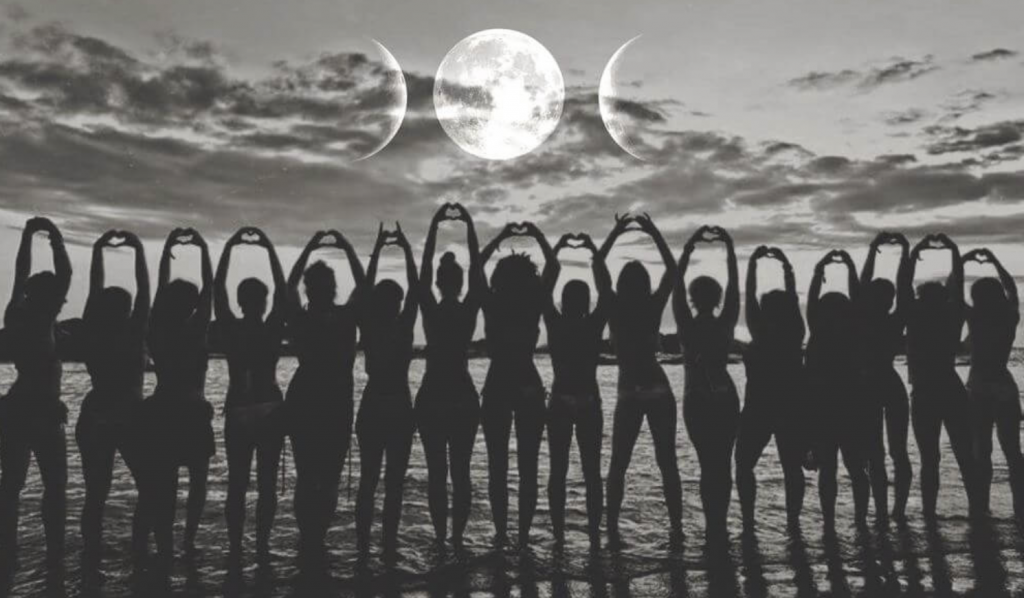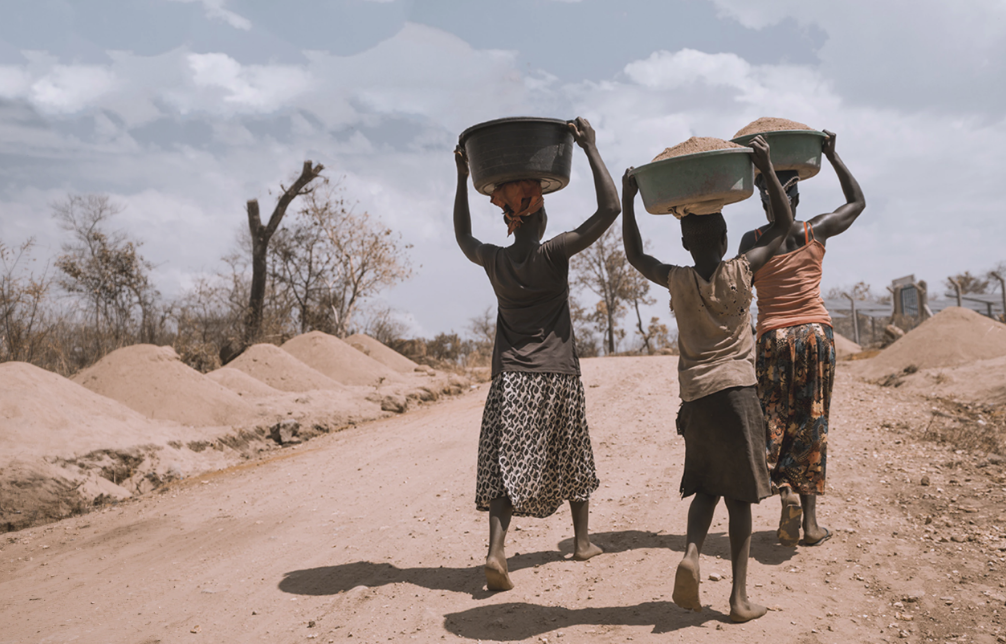Today it is International Day of Living Together in Peace (16th of May), however we are writing this blog on the back of a week where a school for girls was deliberately targeted and bombed in Afghanistan. The mass casualties and heartbreak from this catastrophe are a standing reminder of not only the need for peace, but also for gender equality.
The day of Living Together in Peace was established by the United Nations as a way to regularly remind the International community on the importance of living together in peace, tolerance, inclusion, understanding and solidarity. The Declaration and Programme of Action on a Culture of Peace promotes the elimination of all forms of discrimination and intolerance based on race, sex, language, religion etc.
However, this proclamation and it’s goals are far from being achieved, especially that of gender equality which is inextricably linked to peace.
Peace is essential to establishing gender equality, whilst gender inequality is intimately connected to conflict and instability, much like the atrocious inequality obvious in recent events in Afghanistan.
‘Gender equality is the number one predictor of peace – more so than a state’s wealth, level of democracy, or religious identity. … It means creating a world where people and planet can flourish – regardless of age, race, gender, class, ethnicity, ability, or sexual orientation and gender identity…’ peacewomen.org
Countries experiencing widespread violence and war are the worst violators of basic human rights of women. Violence and unrest reduce women’s access to healthcare and welfare services, their political involvement and economic prospects.
The bombing of the girl’s school in Afghanistan is just one of the endless examples of the grossly inhumane and atrocious violations of human and in particular women’s rights in times of war, more explicitly a right to an education. In Afghanistan only one third of women will attend school, due to access but also largely because of preconceived discriminating beliefs that women do not need or value education. Only 37% of adolescent girls are literate, compared to that of 66% of adolescent boys, on top of this girls who attend school are subjected to further violence for trying to receive an education demonstrated in the recent terrorist bombing.
Promoting gender equality and women’s rights requires international recognition and investigation into the dynamic social, political and economic obstacles that promote masculinity and compromise femininity. This is so important to be considered on International Day of Living Together in Peace, because peace will never be achieved until inequality in stamped out.





